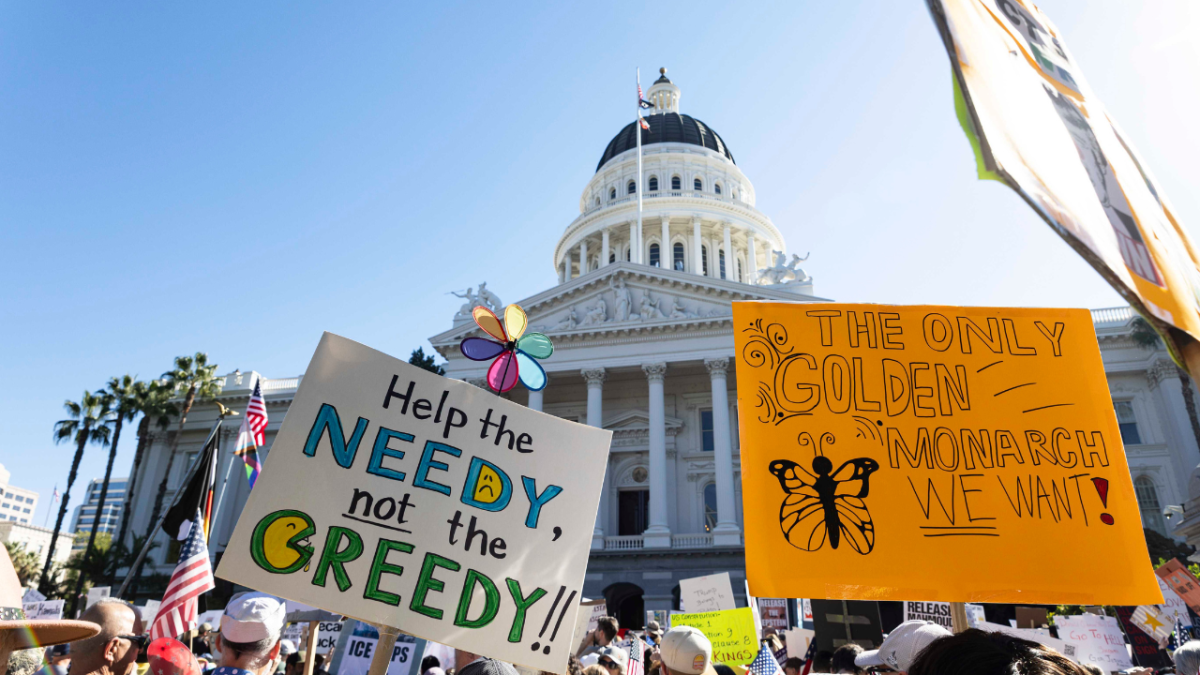Congested roads roar
November 16, 2007
With close to 30,000 students attending Sacramento State, the average rush hour commute to and from campus is usually full of congested roads and packed freeways. According to a study from Texas A&M University’s Texas Traffic Institute, Sacramento-area commuters spend an average of 41 hours a year stuck in traffic.
The study also revealed that Sacramento’s delay per traveler was slightly higher than the national average of 38 hours.
Traveling to and from Sac State, largely considered a commuter campus, presents students with many difficulties.
“On a bad day, it takes me over an hour to get to school,” said freshman music major Jeremiah Krites, who lives in Fairfield.
Krites tries to plan ahead for potential traffic, but said it doesn’t always work in his favor.
“We’re only about a month into the semester and I’ve already been late to school a handful of times,” Krites said.
While long distances definitely affect the average commuter’s traveling time, students who live closer to campus also spend considerable time in traffic.
“It takes me almost a half hour to get to campus, even though I only live five miles away,” said senior business major Dorothea Popp. “Sometimes it takes me 45 minutes just to get home.”
Time is not the only thing being lost while stuck in traffic.
According to the study, Sacramento commuters consumed nearly 29.2 million gallons of excess fuel in 2005, an average of 30 gallons per driver.
With gas prices on the rise, students are definitely feeling the pull on their wallets.
“I spend anywhere between $30 and $50 a week on gas,” Krites said. “I work part time so (gas money) certainly adds up.”
Because there are many different reasons for traffic congestion, there is not a simple solution to the problem.
“There is no ‘magic’ technology or solution on the horizon because there is no single cause of congestion,” said Tim Lomax, study co-author and research engineer at TTI. “The good news is that there are multiple strategies involving traffic operations and public transit available right now that if applied together, can lessen the problem.”
The institute offers different solutions for rush hour commuters, starting with usage patterns and choices.
In an effort to alleviate traffic congestion and make it easier for students who commute to and from campus, University Transportation and Parking Services offers many alternative methods of transportation.
The Hornet Express Shuttle is Sac State’s free transit system. The shuttle makes stops at over 50 locations around campus and operates Monday through Friday while class is in session.
According to the UTAPS website, student usage of the Hornet Shuttle “continues to reflect a commitment to avoid parking and traffic congestion by utilizing alternative means of transportation.”
The UTAPS website also recommends walking, bicycling or carpooling.
According to the website, Sac State has a rideshare program to help students, faculty and staff find others who want to carpool.
AlterNetRides.com is a free carpool matching system that will automatically find potential carpoolers based on the information the commuter provides.
Students can also ride all Sacramento Regional Transit light rail and buses for free by presenting a valid Sac State OneCard and the student commuter sticker. These stickers are available at the UTAPS, One Card and Student Financial Services offices.
Michael Calvillo can be reached at [email protected].
























































































































